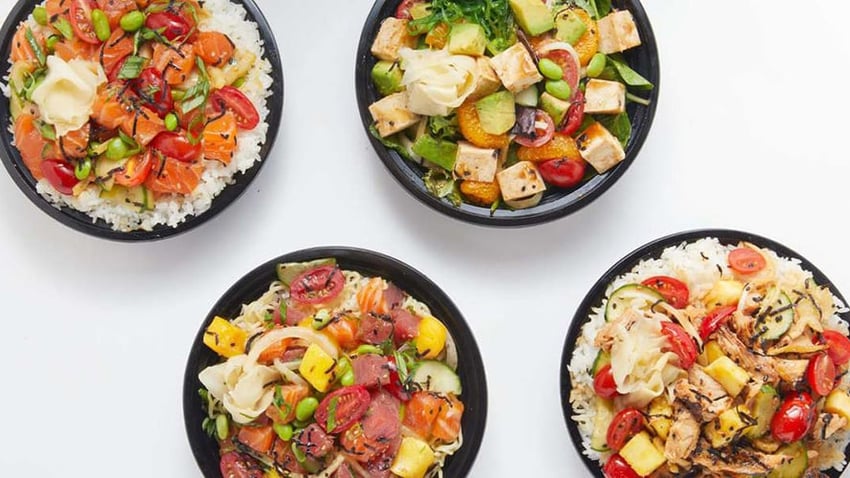Craveworthy Brands was featured on Bar & Restaurant News:
It wasn't that long ago that "ghost kitchens" were the hot new trend in the bar/restaurant industry. Now, "virtual brands" are taking over the industry.
But what's the difference between the two?
Ghost kitchens are commercial kitchens optimized for third-party food delivery service, and they typically don't operate out of existing kitchens. There is no storefront, dine-in, or pickup service—the model is strictly delivery.
Virtual brands, while using the same delivery-only model, instead piggyback off of existing brick-and-mortar restaurants. They may feature items only available on the virtual brand's menu, and they require no additional space or equipment, streamlining operations and maximizing efficiency.
With seamless integration into existing POS systems, virtual brands allow for multiple restaurant operations under one roof, catering to diverse consumer preferences.
Craveworthy Brands—which has a portfolio of unique, engaging, and scalable brands—recently pioneered a new collection of virtual brands called "Craveworthy Kitchen." The goal is to create brands that offer Craveworthy Brands' franchise operators an additional revenue stream without the need for more space, new equipment, or even separate back-of-house operations.
"We created virtual brands for our brands—so brands that live within our four walls that operate off the majority of the same skills that we already have," says Gregg Majewski, founder & CEO of Craveworthy Brands. "Our kitchens don't even realize a difference when they're producing the food, and that has allowed us to expand in this market so fast. Basically, our lines are just making food that they normally would make with a little bit of a different twist, and then putting a name on it. So we're using the same equipment and things like that, but not really changing the overall dynamics of what we're trying to do."
All of the virtual brands are housed under "Craveworthy Kitchen," which will become the recognizable, anchored branding for consumers.
"The idea behind Craveworthy Kitchen was that we create our virtual brands to be known through that name," says Majewski. "So, when you start seeing Craveworthy Kitchen, you're not looking to see which brands are in the area because that becomes the recognizable name instead of the individual ghost kitchens."
The virtual brands allow a concept to expand their reach into previously untapped demographics. "It allowed us to test different items," says Majewski. "We wanted to find products that we don't offer in the main brand but could still drive additional revenue because it was a niche that consumers want."
Majewski says setting up the back of house to handle the virtual brand orders is quite easy. "You have to make sure the station is set up for the added items," he says.
"The couple of new ingredients that you have are already sitting there and have a spot in your line so your chef, your cooks don't have to move. Then they just wrap it up. We did it so it's not an obstacle, and the items don't stay in the back."
To distinguish the finished food items to the restaurant and the customer as a virtual brand, Majewski says he has some wrapping and boxes with the brand logos, as well as stickers to put on some to-go packaging. "It's not really a heavy lift," he says.
Majewski says bars and restaurants considering adding on a virtual brand should make sure their main concept is running smoothly first.
"If your four walls operations are running the way they should, then that's really when you should be looking at adding additional revenue. Obviously, the four walls are the most important piece," he says. "We can't do it if our ops aren't right."


